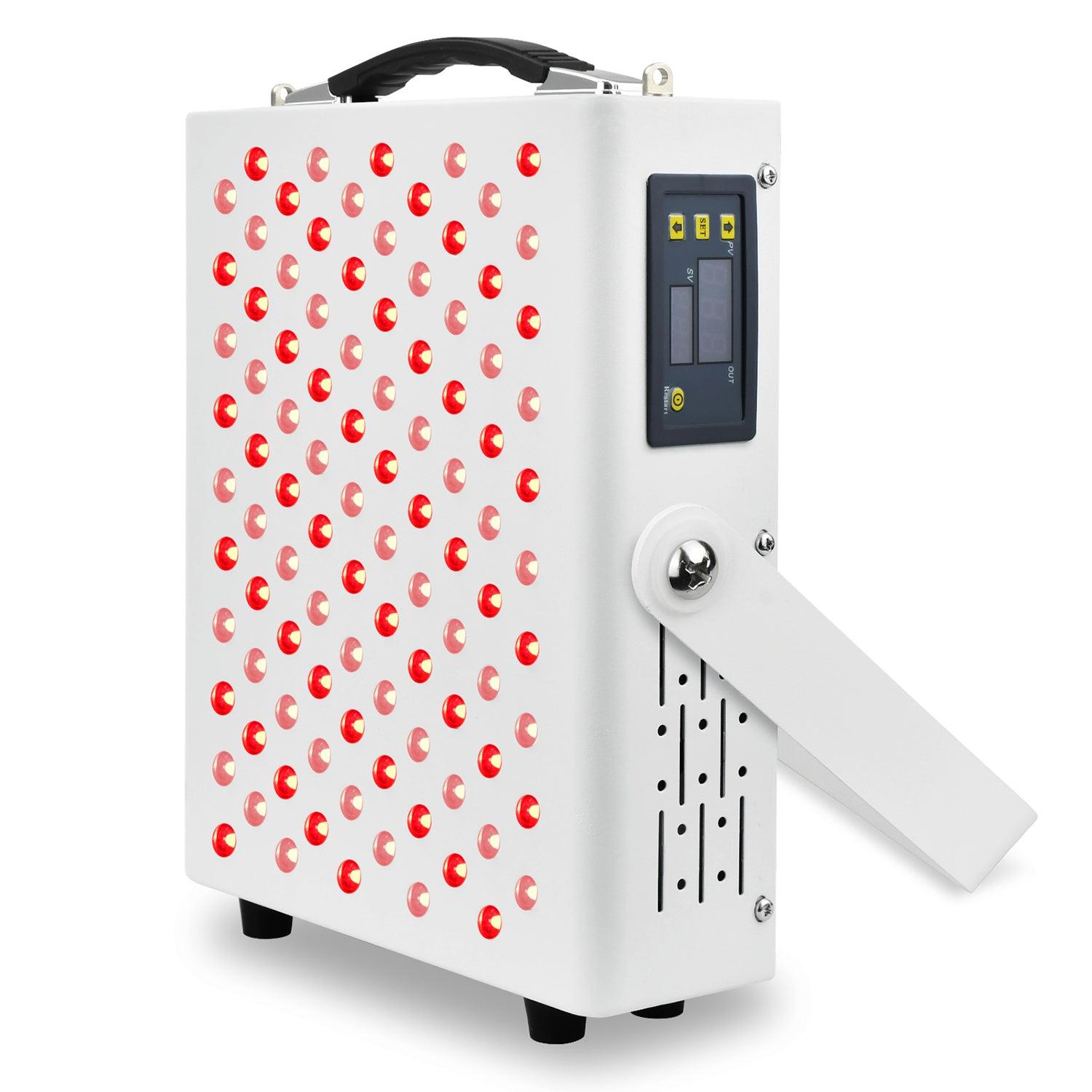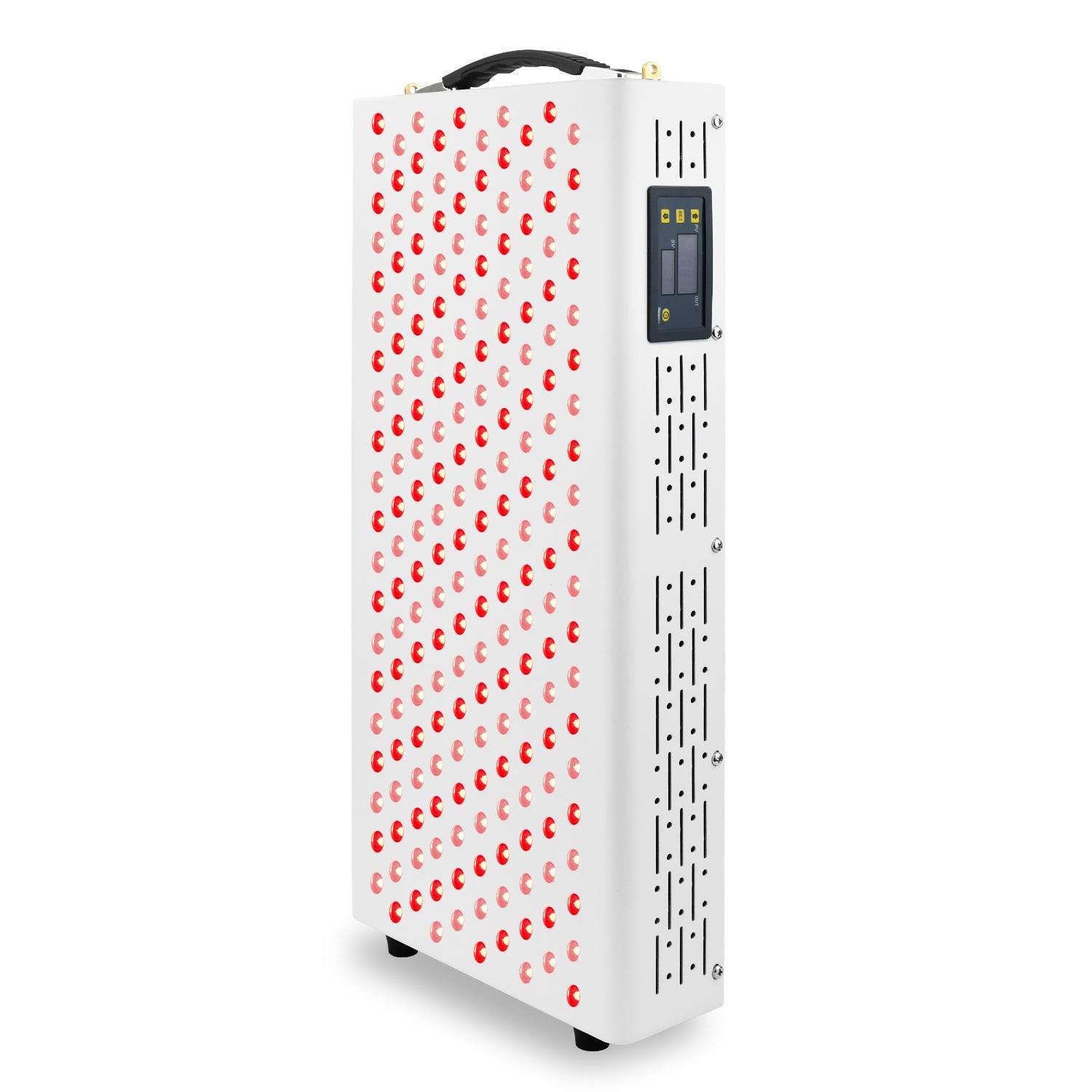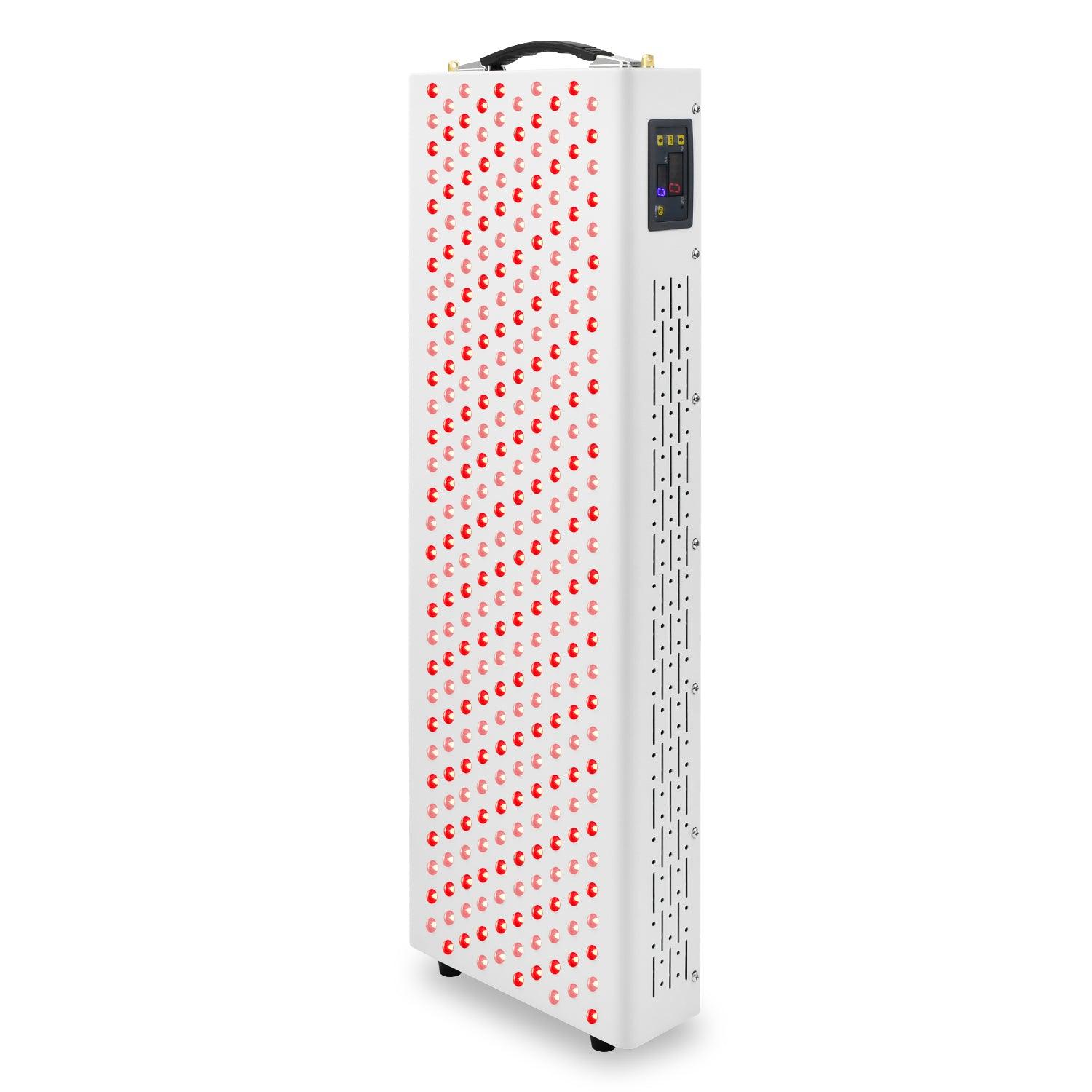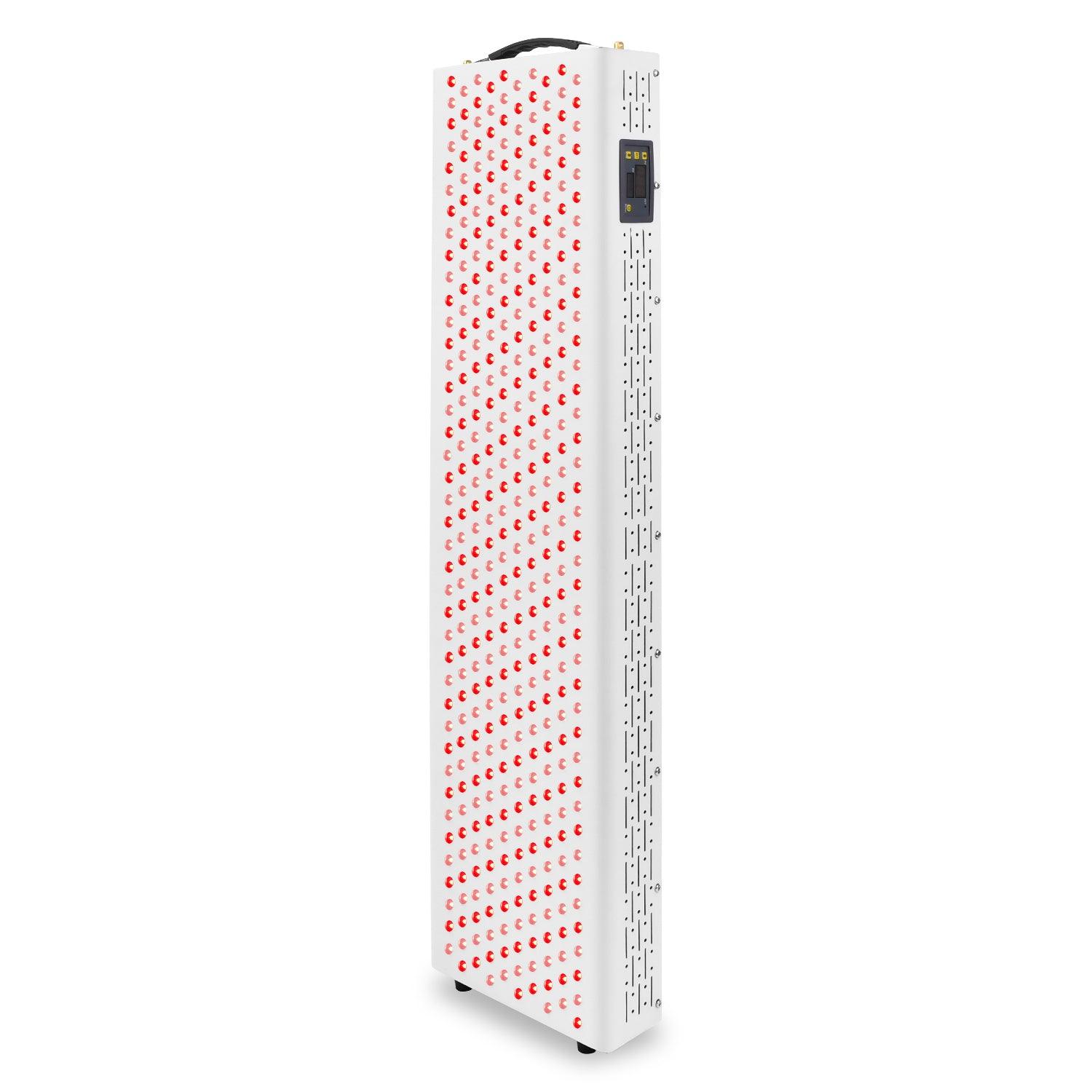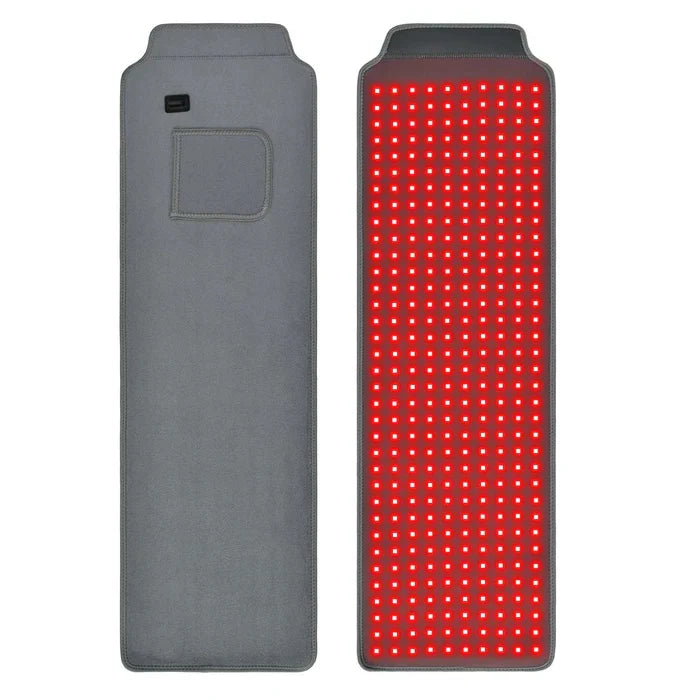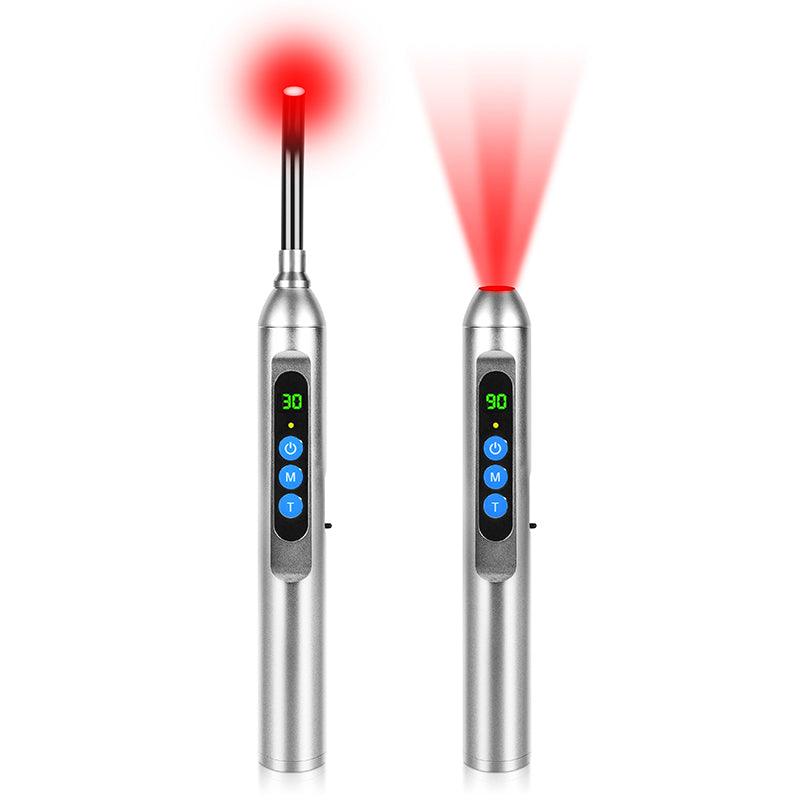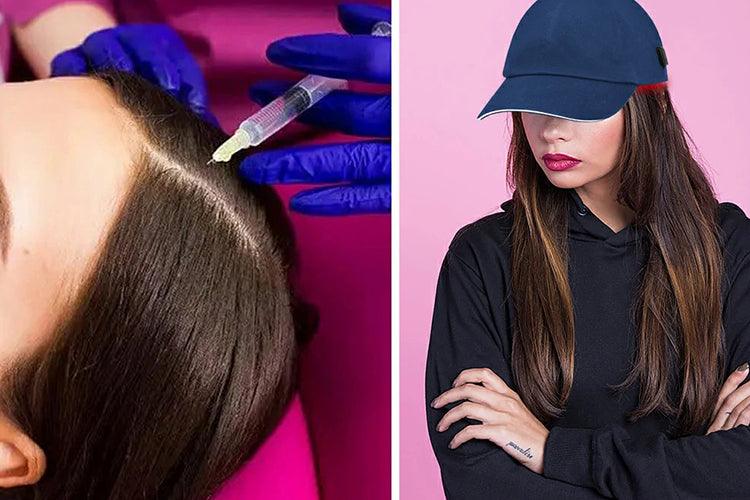The therapy of red light (RLT) which enhances beauty and wellness, has become a very popular treatment. In this way, the therapy devices uses certain wavelengths of Red light to interact with skin cells and can allegedly encourage the collagen generation and the wound recovering process, leading to more attractive appearance.
As it’s applications increasingly moves beyond the pattern of aesthetic, logically the questions of its consistency with the other cosmetic procedures is a must. However, some experts have raised concerns about the long-term effects of dermal fillers, which are injectable solutions used to restore volume, soften lines and smoothen wrinkles.
The article goes further into the effects of RLT on the levels of dermal fillers, thereby investigating the present knowledge and the need for the advancement of research so as to achieve the desired outcomes.
How Red Light Therapy Works
Red light therapy is a cellular level treatment. While focusing on the red light rays that can permeate the skin, these light rays become absorbed by the chromophores, which are light sensitive molecules within our cells. The primary target chromophore in the above case is thought to be cytochrome c oxidase, an essential constituent of the energy producing mitochondria, which is often called the "powerhouse" of the cell.
- Increased ATP Production:ATP (adenosine triphosphate) is the cell's main energy currency. The unregulated mitochondria activity by red light therapy belt might cause elevated ATP production which, in turn, provides energy for different cellular processes.
- Collagen Boost:This influx of energy at a cellular level is thought to be the underlying mechanism that triggers the production of collagen by fibroblasts, the skin cells responsible for its structural component. Loss of collagen leads to wrinkles and sagging skin and thus, there is hope that this can help in anti-aging.
- Wound Healing:RLT may be effective in the acceleration of the healing process as it drives cell proliferation and migration while reducing inflammation.
Red Light Therapy and Hair
With red light therapy (RLT)dealing with hair loss condition, it has gained the popularity as a suitable device. It takes the red light with some particular red light therapy 940nm wave length. This bypasses the hair follicles in order to stimulate the growth process.
- Cellular Powerhouse Boost:The light of the infrared hat selection is absorbed by chromophores in the cells of hair follicles. This is aimed to equip the mitochondria, the cell powerhouse, promoting effective ATP (cellular energy) production.
- Stimulating the Growth Phase:Perhaps, the fact that the cells have more energy pushes the stem cells to progress from the resting phase (telogen) to the active growth phase (anagen). It might produce natural and thick hair eventually.
- Blood Flow Boost:One of red light therapy hat benefits, it may lead to better blood circulation to the scalp, thus the delivery of important nutrients and oxygen to hair roots is ensured, which helps promote follicle hair growth.
Harnessing Light at Home: These red light therapy caps will be increasingly finding their popularity with the at home hair growth therapies. So if you are curious how to use red light therapy at home then these caps are made of LED lights that are proven to increase the most potent wavelength. While the research is still going on, some studies have demonstrated a positive effect after latent hair growth and hair thickness, which were observed frequently with consistent use.
On the other hand, it's key to set but not over-inflate those expectations. RLT may not recover hair in areas where follicles have stopped working and therefore are not seen as reliable. It is most effective in the client that has limited hair loss. Getting dermatological advice first would ensure you choose a treatment that is best suited for your type of hair loss.
How Dermal Fillers Work
The dermal fillers are an injectable substance to offset the deep crevices that are signs of aging. They come in various types, each with distinct properties:• Hyaluronic Acid (HA): This tiny natural sugar molecule forms a film that traps moisture which effect velvets the skin making it appear elastic and more youthful. There are HA fillers that are temporary, they may last anywhere between 6-18 months.
• Calcium Hydroxylapatite (CaHA): Biocompatible CaHA fillers are found to the bone ones. It volume and is stimulating collagen growth. They give either long-lasting or quarter-lasting results (up to 2 years).
• Poly-L-Lactic Acid (PLLA): This dietary material interacts with the body, inducing the natural collagen production where wrinkles and folds are formed over time, finally this synthetic material is able to fill them. PLLA fillers have the longest duration (up to 2-5 years) as they last for that long.
This technique is independent of the object material; every filler does this by elevating the skin above the surface. This one does so by smoothing wrinkles, improving concavities, and recreating fresh juvenile facial contour.
Potential Interaction Between RLT and Fillers
Nevertheless, the issue of RLT affecting filler materials being on the surface, is a real one. This also could not be the case due to minimal depths of light penetration. Surgical light is only able to penetrate into skin about two to three millimeters and dermal fillers are often injected even further into the dermal layer or even the subcutaneous tissue. This literal conformity to a path of light implies minimal direct interaction between the filler and the light itself.
Nevertheless, it is possible that in addition to the targeted region RLT can affect the tissue in the surrounding area. A possible advantage for a certain procedure is better blood circulation.
- Enhanced Filler Integration:Perhaps the greater blood supply will pretend an increased supply of nutrients and oxygen to the filler region, and that will help the process of integration of surrounding tissues and filler site. However, it could benefit HA fillers that are supported by the natural revitalizing processes of the red light therapy at home full body.
- Accelerated Breakdown: On the contrary, the process of dilated blood vessels might also be a source of the body’s natural inflammatory response. This may affect the speed of degradation of certain implants, of those in which PLLA is the prime ingredient and the mechanism of its action relies on the gradual stimulation of collagen.
However, surface these hypotheses are, it is imperative to conduct more research on the mechanisms of RLT in relation to different types of fillers.
Professional Perspectives
The cosmetic industry offers visual cues that can be harnessed and utilized by skin care and cosmetic related professionals to help integrate the hand held red light therapy in with dermal fillers. A risk is stated that someone can preserve filler procedures by applying RLT after the processes to potentially boost outcome and recovery, giving introduction of the anecdotal data with a great effect. Yet, some may tell you take it with care because Science cannot conclusively determine the interactions and side effects that yet might come you forth while taking this drug.
Offering different skin care and cosmetic professionals some clues to integrate an innovative RLT with dermal fillers can add striking results. Here's a breakdown of their viewpoints:
Potential Benefits:
The best trained professionals currently see hope in using youlumistore RLT after fillers. Enhanced vascularity from 850 nm red light therapy may be beneficial through furthering healing and having near filling in, consequently, natural-looking outcome might be viewed.
Cautious Approach:
While there are people who advocate the use of RLT with the dearth of conclusive proof and lack of understanding few interactions can exist with filler materials.
Individualized Treatment:
Many pros would say the key is in customizing what you’re doing for the given person. Lots of things such as your skin type, type of filler and the outcome you want to come up can you know whether RLT is a good combination can help you.
Recommendations for Patients:
Consult a specialist red light therapy before and after having fillers injections. They can focus on your individual circumstances and offer ways how you may be affected or not by the filler, taking into consideration of the kind of filler and what you might need.
Regularly check only for legitimate red light therapy instruments which will allow you to consequently observe closely recommended safety guidelines for safe and effective use.
Through taking in an opinions of the experts and giving your particular preferences due attention you will be able to make up your mind about combination youlumistore red light therapy and dermal fillers in a way that you will be secured and your desired aesthetic goals are going to be reached more quickly in the end.
Prioritizing Safety: Essential Considerations
The safety is what ought to be focused on when deliberating between RLT and dermal filler. Here are some key points to remember:
1. Professional Guidance:
As engineering advances, so must the safeguards. The safety of human beings engaging with and using these technologies is a top priority.
Red light therapy (RLT) post-dermal fillers must be viewed with great caution, and it is recommended that you consult with your doctor before following any such treatment. It is of extreme importance to consult through the doctor or License Aesthetician, because they can properly evaluate your unique condition and select the best procedure regarding the type of fillers and your individual needs. This consultation makes sure any advantages that red light panel may have are assessed against the risks therefore ensuring that you are able to make an informed decision whether rectifying lines and tone in your face is right for your treatment regimen after fillers.
2. Quality Assurance:
Underlying the entire red light therapy (RLT), it is the right choice of red light therapy apparatus which stands paramount in order to guarantee the safety and efficacy. Ensure that when purchasing a red light therapy panel; confirm the handheld red light therapy device has certifications from esteemed agencies attesting to the compliance with the safety and performance standards.
Alongside the considerations above, you should seek out marketable devices that provide clear directions on the proper usage and recommended dosage times. Buying a red light therapy portable device that provides the best service minimizes the risk of negative effects like the ones in the cases of patients who did not use RLT devices post RL and it maximizes the benefits of such treatment.
3. Adherence to Protocol:
Strict observance of the treatment duration time and the intervention frequency recommended go along with the inclusions of RLT and dermal fillers. When you follow the procedures fully, whether it’s from the manufacturer of the red light therapy device or your healthcare provider, you tend to lower or totally minimize the risk involved with skin irritation among others. Excessive or this use can put any individual with those side effects in grave danger or even deprive them of the treatment completely; making following the standard rules the primary goal.
Through the use of safety first, the get help from a professional, and the honor the recommended procedures, one can therefore utilize the collective benefits of RLT and dermal filler, while minimizing the possible risks leading to the best skin outcome.
Separating Fact from Fiction: Red Light Therapy and Fillers
Unveiling the truth behind red light therapy and dermal fillers can be tricky. Here's a breakdown of some common myths and the facts behind them:
Myth 1: Red Light Therapy Instantly Dissolves Dermal Fillers
Busted! Research results do not find that the red light therapy works by dissolving fillers directly. The maximum length of light penetrating represents the lack of interactions with the filler substance.
Myth 2: Light therapy as well as fillers would be prohibited.
Not quite true! Red light therapy is often regarded as a safe option to use after injecting fillers. Blood circulation might be improved thus promoting healing. Yet, it is worthwhile to see a dermatologist or a cosmetic expert prior to commencing any new treatment.
Myth 3: All fillers react to light the same way.
Untrue! Fillers range from different materials with distinctive characters. While the influence of red light on various fillers calls for more research, they might not react all the same.
Final Words
Yet, the effects of RLT on dermal fillers have not been extensively studied, but the present knowledge indicates almost no direct influence. The RLT's limited penetration depth should not affect the filler material itself. Nevertheless, these advantages can help to make fillers compatibility or healing better.
When choosing between the two, it is advised to discuss with the dermatologist or cosmetic specialist who opt fda approved red light therapy. They are able to assess you according your individual needs, type of filler, and suitability for RLT. Through putting emphasis on professional supervision and a balanced youlumistore approach, you can attain more benefits from red light therapy and dermal fillers which can give you a radiant and younger look.


